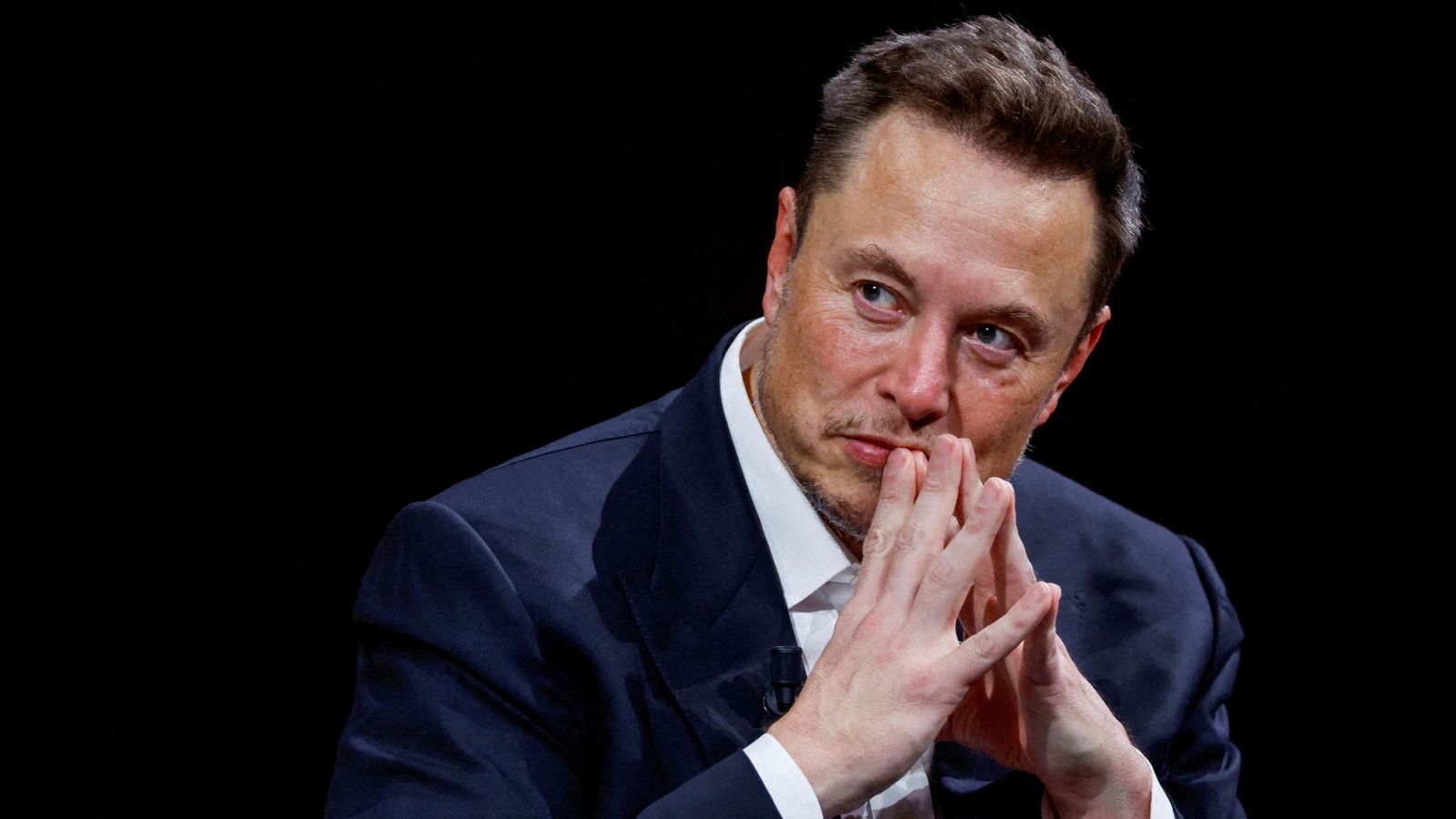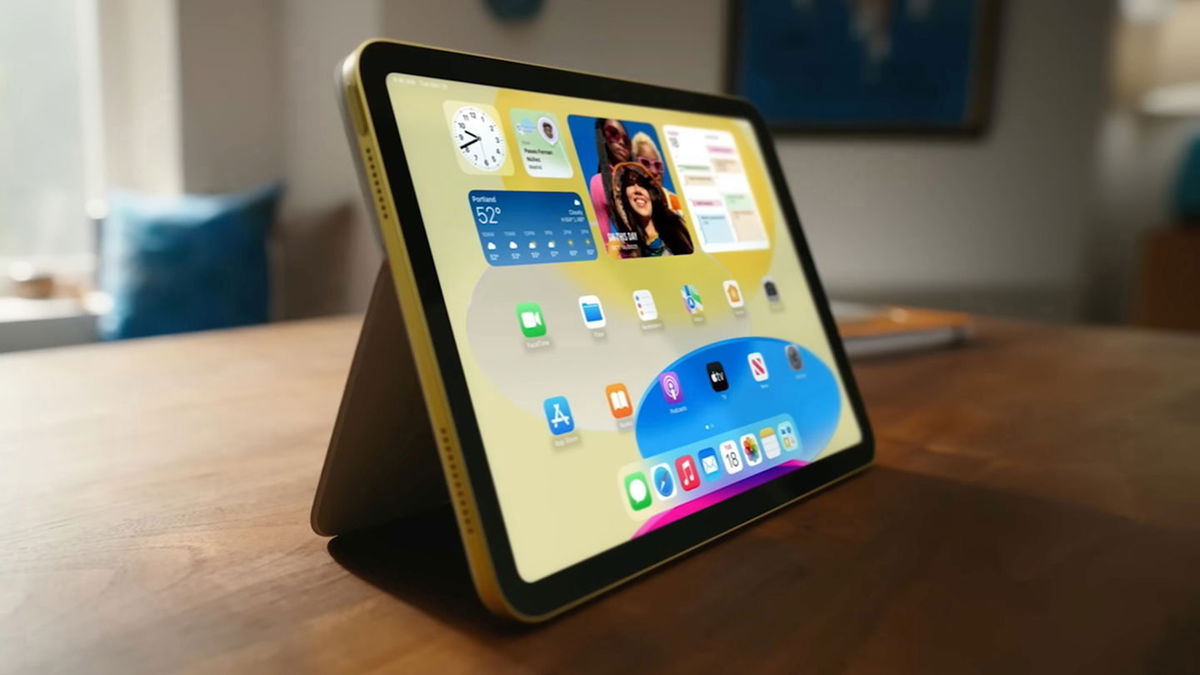From the bulk of the Instagram reels to the viral videos circulating through messaging apps like WhatsApp, most of them have one thing in common: TikTok, It’s an absolutely unknown app five years ago and now has over a billion users.
The social network, which is comfortable, easy and has a high community-building capacity, has become the platform of choice for young people.represents 41 percent of active users. At the same time, they became both creators and viewers, creating a new way of engaging with the audiovisual world.
However, not everything shines TikTok. Behind the veil of modernity and democratization of audiovisual communications, the specter of state espionage, doubts about the protection of personal data, and even Repetitive behavioral disorders faced by psychologists in the Western world in the face of the unstoppable rise of new technologies. All of which leads to the question of what TikTok really means.
(See also: What you need to know when buying a cell phone.)
Maybe you need to go back to TikTok’s origins to find some answers. In its origin and in its current Chinese version, the social network is called Douyin, that is, “shaking music”. Its evolution is a result of its internationalization, becoming the resounding name with which it is known in the rest of the world: a name that would move it away from Asian principles and appeal to native speakers of other languages.
Generally speaking, TikTok encourages interaction between users through comments, likes, hashtags and even the option to duet. Of course, videos must be short, with a minimum duration of three seconds and a maximum duration of three minutes, extended in 2021.. Thus, the user cannot create large plots as there is almost no room to tell.
And here comes the first interesting aspect: TikTok is moving away from traditional audiovisual creation precisely in its rush incentive. Filmmaking requires a minimum of rigor, time and post-production work. All this gets lost on the Chinese platform, where background music, filters, and many other tools for changing recordings are pre-designed.
All the user has to do is record a small piece, quickly edit and upload it to the web, wait for it to be shared -if in bulk, better-. The speed with which these videos spread is so surprising to us that we are talking about virality.
(See Also: Twitter Turns 16 And Promises To Fight Disinformation.)
Perhaps there is something pathological in the heavy use of social networks like TikTok, as experts suggest. On the one hand, the most obvious is the proliferation of disturbances such as dependence on the need to retain an audience, following the incessant streams of influencers spawning new digital agoras, or simply the automatic instinct to open the app when it’s not there. there is nothing to do in sight.
But there is another more mysterious problem that is often overlooked: mental patterns inhibit creativity, according to a recent report from the Organization for Economic Co-operation and Development (OECD).
TikTok, then, would be a planetary product factory with no significance beyond the desire to entertain or showcase skills and qualities that are often endangered by children and adolescents.
To human influence we must add the political: TikTok is also the subject of accusations of cooperation with the Chinese government, illegal storage of personal data, covert advertising and espionage mentioned above. As with the different investigations and convictions of the United Kingdom, the European Union and the United States regarding these aspects, the latter is the most important one under the jurisdiction of former President Donald Trump, who sought to veto the application in the country.
(See also: Repeaters: an alternative to improving Wi-Fi at home).
In addition, not all countries welcome the free use of the popular Chinese social network: as a result of numerous military conflicts on their borders from India, against the Asian country, Indonesia or Egypt, they have banned, restricted and even condemned users. Using a variety of excuses, from confrontation and espionage to disinformation, incitement to immoral behavior or propagating fake news.
But not everything is negative about TikTok. As with other social networks and technologies that humans have created and can create, they only reflect our general understanding of the world.
It’s also easy to find more than just a rush on TikTok: For many people with artistic talent and expertise, reaching a large audience that demands simple and extraordinarily short content is a privileged mechanism.
In a society thriving around audiovisual media, TikTok allows to teach, entertain, and even offer therapeutic resources to people who would otherwise not be interested in this type of content.
DAVID LORENZO CARDIEL
ETHICS JOURNAL
@ethic
It is an ethical information ecosystem.
for change, in which we analyze the latest global trends under our commitment to quality information and an indispensable editorial premise: without humanism, progress is not really progress. https://ethic.es/
-Google Chrome has been hacked, can they steal user data?
Source: Exame













